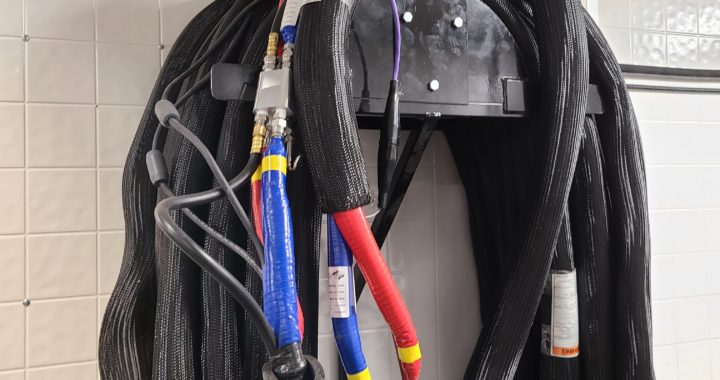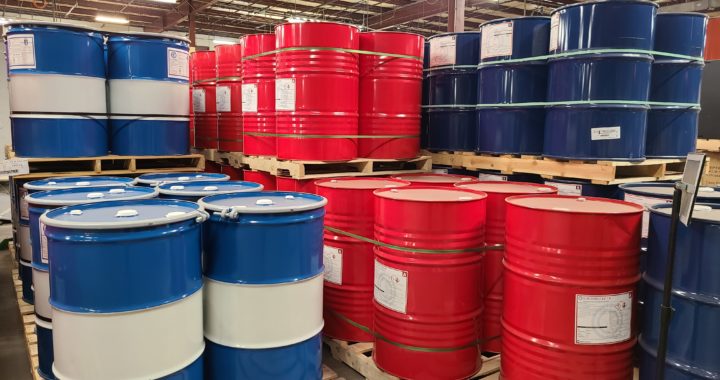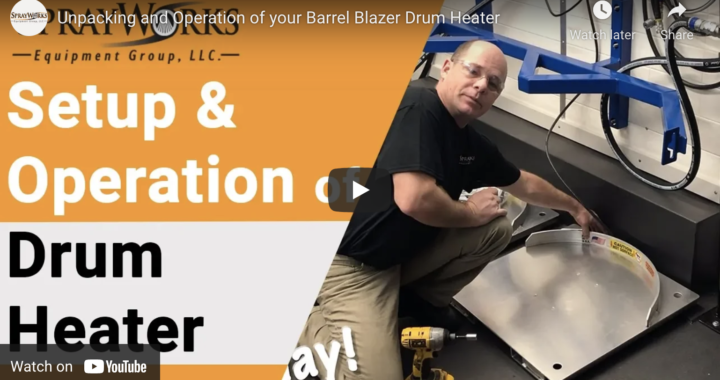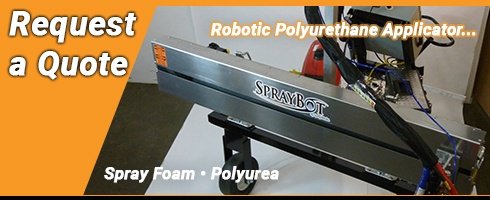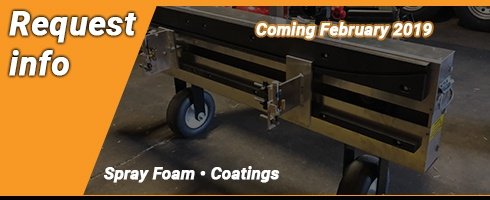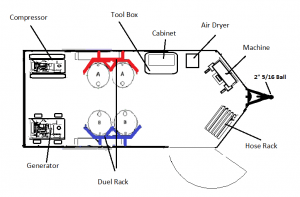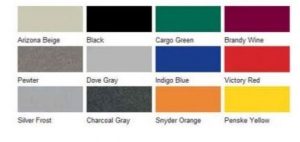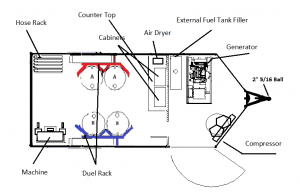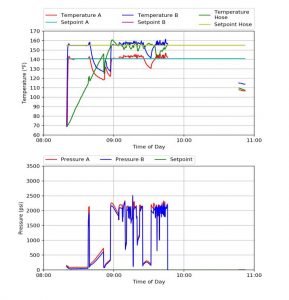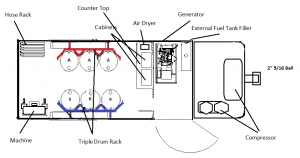Historically, concrete lifting has been its own niche area – until recent years, when expanding foam for concrete leveling has become available. Here, we explore the various options of concrete lifting equipment as it relates to spray foam.
Continue readingAuthor Archive: John Davidson
How to Care for your Hoses
Inspecting your Hoses
General inspection of your hoses with prevent damage that can easily be prevented. Check the hose, fittings, and surrounding equipment for cured material and clean. Ensure your hose is not in a high traffic area where heavy machinery could run it over and cause damage.
Continue readingHow Automation is Saving Money on Flat Roofs
Robotic roofing automation on flat and metal seem roofs is a relatively new technology in commercial construction. Roofing robots are not intended to replace the workforce, but rather increase consistency, increase yield, and decrease downtime – thereby freeing up workers to complete other tasks. While applicator crews typically consist of four or more people, the use of robots that can decrease that number down to two people.
Continue readingFrost Bitten Profits
Cold weather spray foam applications can prove to be very challenging. What works in the spring, summer and fall is twice as challenging when weather conditions are cold. Unless you are aware of problems that could arise and how to avoid them, trouble may follow.
Continue readingCommon Questions When Considering New Spray Foam Material
A common question we get at SprayWorks is “which spray foam material manufacturer is the best?” The answer to this is less about the manufacturer and more about applying the correct ratio of materials, ensuring good heat, and proper pressure. The real question that needs to be asked is, “what’s required to process the foam correctly?” When purchasing a new spray foam insulation there are several things you should consider, but it starts with knowing the manufacturer’s recommendations. After all, new material can impact your spray pattern, selection of gun tip and rate of application. Understanding these things upfront can save you a lot of time and trouble.
Continue readingHow to Choose a Spray Foam Product
With the ever increasing need to save energy, combined with incentives to utilize more efficient insulation, spray polyurethane foam insulation is fast becoming the insulation of choice. These changes have spawned a new generation of foam applicators, in turn, providing a competitive atmosphere in the marketplace. Material manufacturers have flooded the marketplace and knowing which to choose can be a daunting task. Material will ultimately be the most expensive ongoing product your company will consistently need and you can’t afford to play trial and error – especially when your company’s reputation is at stake.
Continue readingHow to Bid to Win Residential Spray Foam Insulation Projects
Placing a bid is a slippery slope; bid too high and you price yourself out of reach, bid too low and leave yourself vulnerable in the event of a mishap which all too often leads to cutting corners, delays and having to go back to the client asking for more money. While word of mouth is such an effective tool in residential work, accuracy is as critical to longevity as the profits that sustain your business.
Continue readingProduct Review: Graco T3 Transfer Pump
The Graco T3 Transfer Pump is the newest Transfer Pump from Graco, Inc. This quiet 3:1 pump can accommodate low ceiling heights at only 50.3″ and low weight at only 22 lbs.
Continue readingUnpacking and Operation of your Drum Heater
How to Set Up and Operate your Barrel Blazer 55 Gallon Drum Heater
In this YouTube video tutorial, our latest Fix-It Friday shows you how to set up and operate your Barrel Blazer drum heater. Barrel Blazers are an ideal solution for a 55 gallon drum heater.
How to Handle Spray Foam Insulation Barrel Sets
Two-component spray foam systems, for sprayed-in-place or spray-on polyurethane foam insulation blends, are primarily packaged in steel 55 gallon barrels and distributed by their weight in volume as a paired set.
A paired set is two barrels consisting of one “A” side (Activator/Isocyanate) and one “R” side (Resin/Polyol) ranging in a combined liquid weight from 970 lb to 1050 lb. It should be noted that in many instances the components are referred to as “A” and “B,” respectively.
How Are the Spray Foam Systems Produced?
In general, the spray foam systems are produced having at minimum six months shelf-life within the original unopened barrel. Stored between 60° and 75° F (15° – 24° C check manufacturer SDS for temperatures), they do not require additives, but “B” sides may require mixing and/or continual agitation.
The barrel colors vary between blenders. As a result of the highly reactive nature of the two components, cross contamination of the barrels must be avoided. A standard procedure in spray foam rigs to identify each side component by color is often used where red identifies the “A” side and blue identifies the “B” side.
Continue reading
